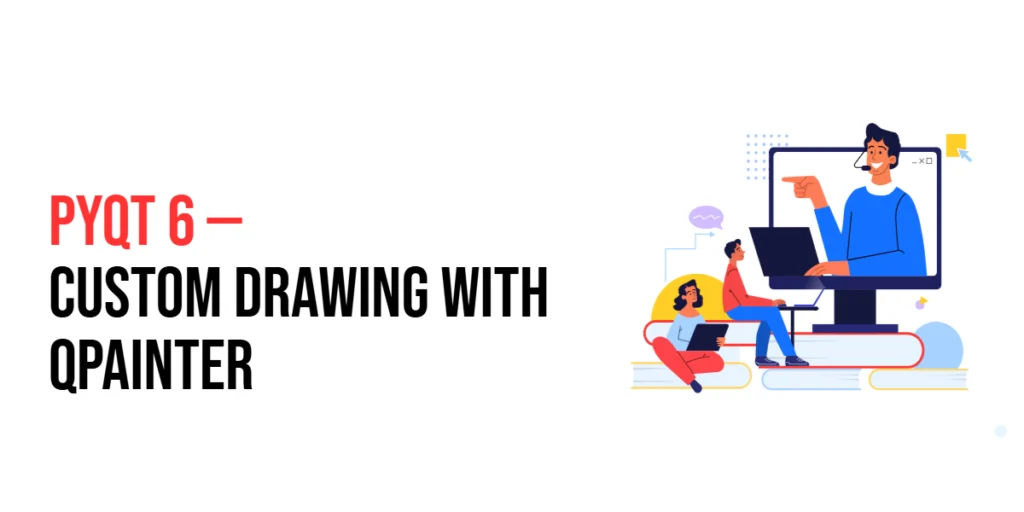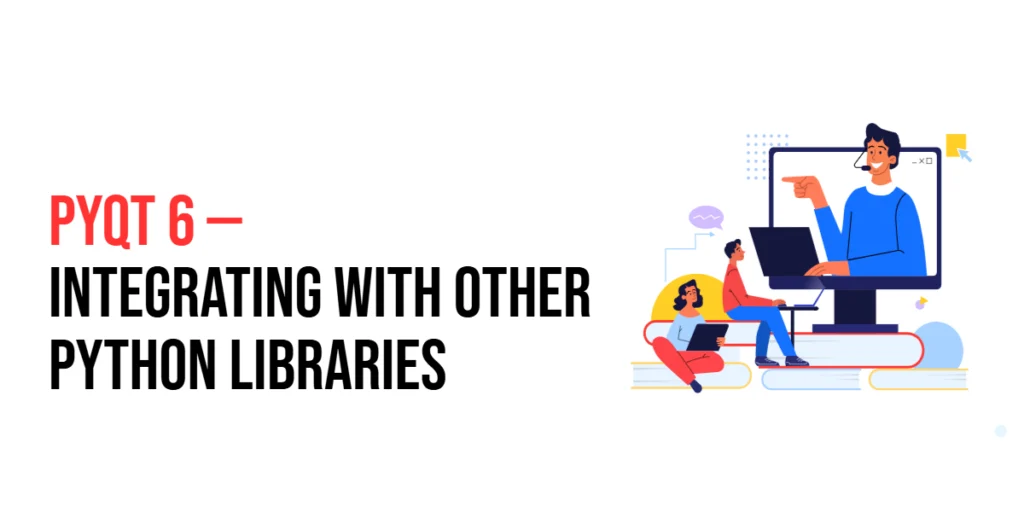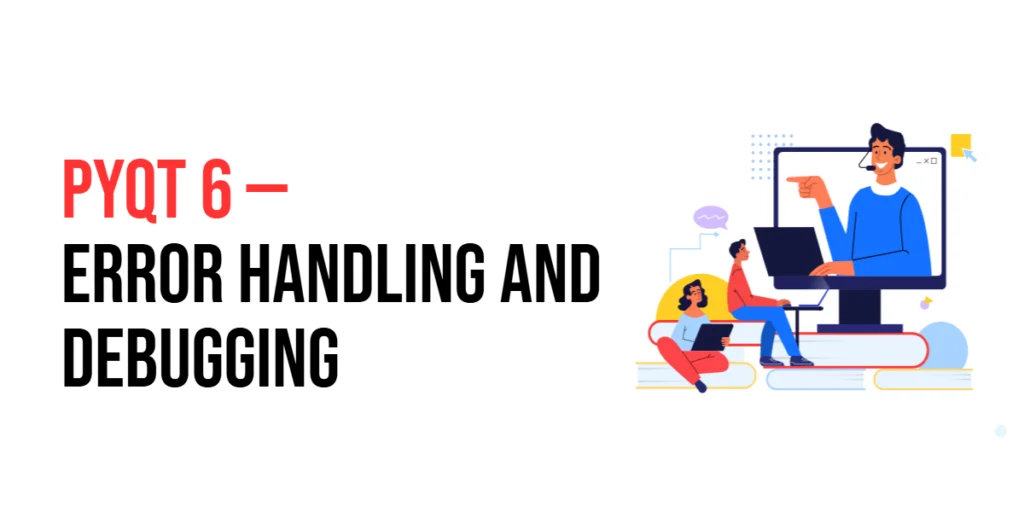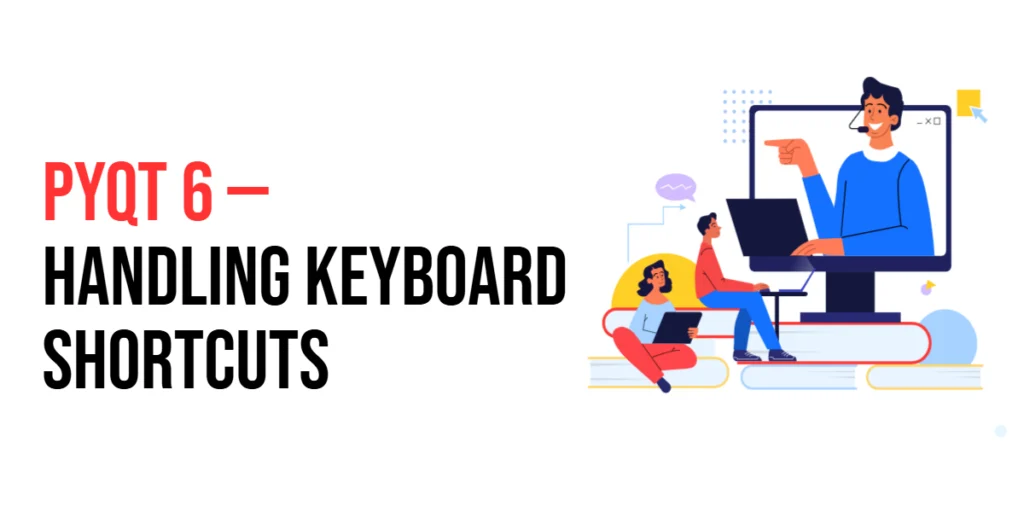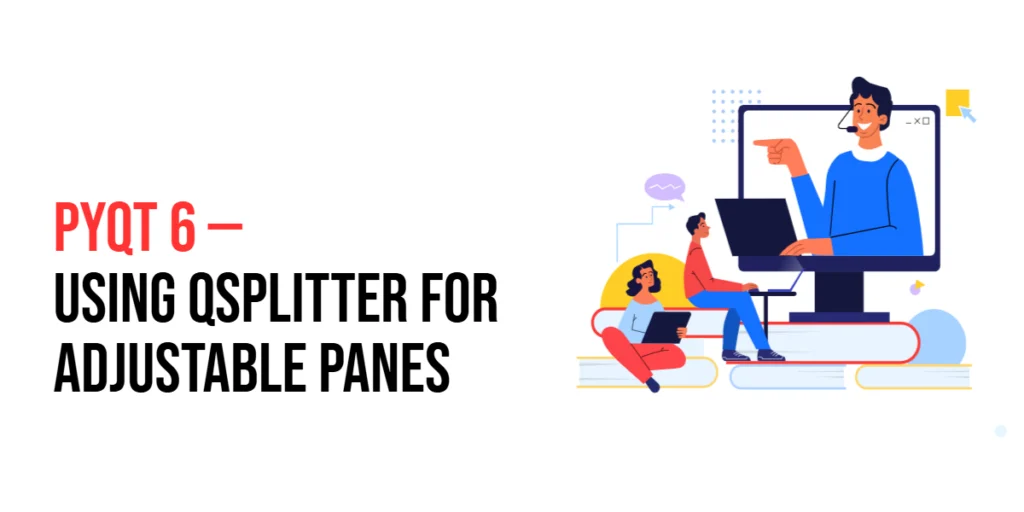Python: Getting User Input
In programming, user input means asking the person using your program to type something in—like their name, age, or favorite animal. Instead of the program doing everything on its own, it lets the user join in and give answers. In Python, collecting user input is super helpful when you want your program to react to […]
Python: Getting User Input Read More »


